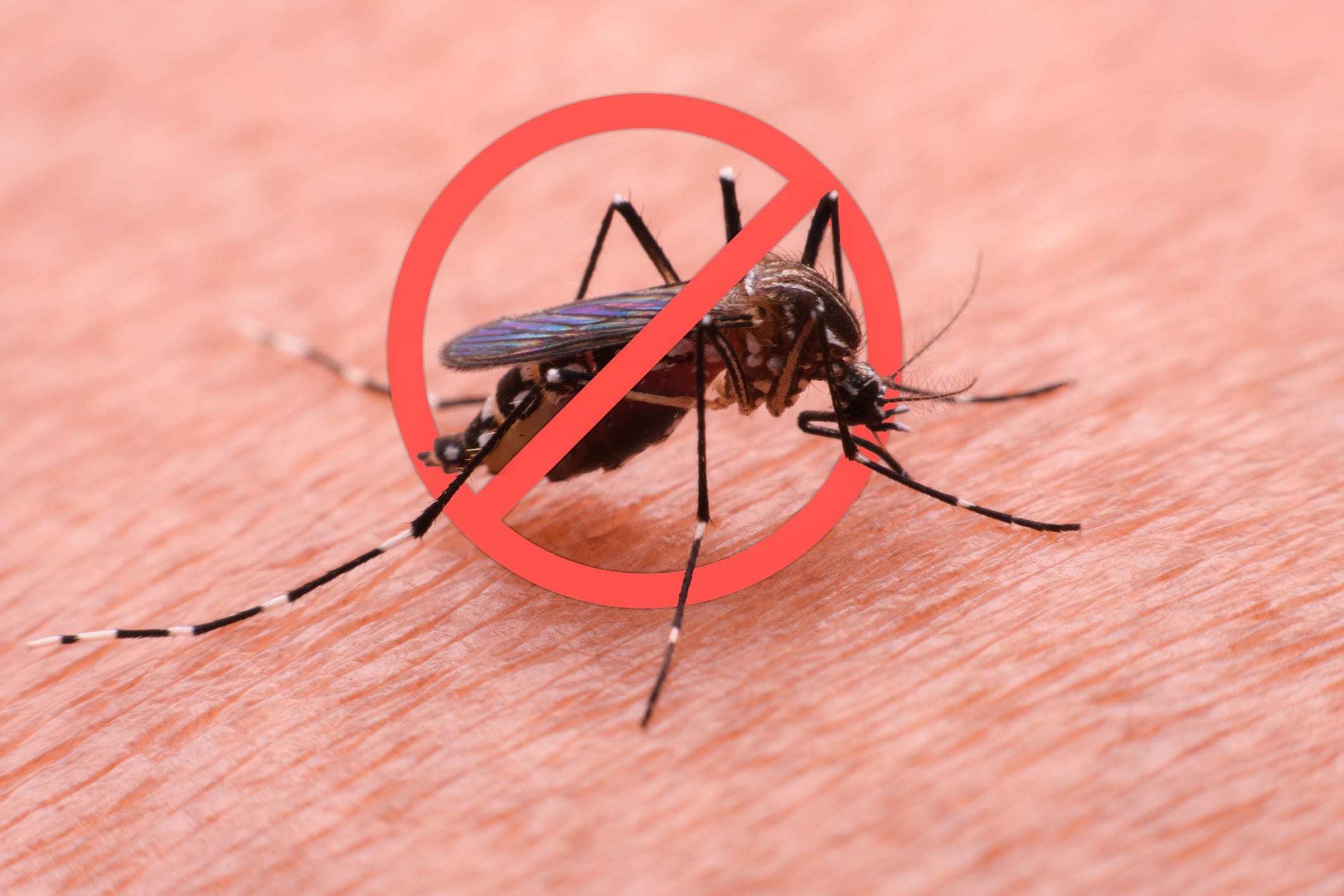Secretary Duffy’s Stance on Job Cuts and Safety
United States Secretary of Transportation Sean Duffy recently shared insights into his interactions with Elon Musk and the Department of Government Efficiency (DOGE) during a conversation on the New York Post’s “Pod Force One” podcast. The discussion focused on the ongoing efforts by DOGE to reduce federal agency staff, while highlighting Duffy’s firm commitment to maintaining safety-critical positions within the Department of Transportation.
Duffy emphasized that he did not support firing air traffic controllers, even as DOGE pushed for cost-cutting measures. He described the situation as a “back and forth” with Musk, but noted that the media exaggerated the conflict. “I think it might not have been intentional, might have been ham-handed by some of the requests that were made by DOGE,” he said. “But my position was we are not going to fire air traffic controllers.”
Safety remains a top priority for Duffy. He explained that while efficiency improvements could be made, certain roles—especially those related to public safety—were non-negotiable. “We can do things more efficiently. There is fat that we can cut, but we are not going to fire our controllers,” he added.
A Respectful Relationship with Elon Musk
Despite the disagreements over job cuts, Duffy expressed a positive view of his interactions with Musk. “Elon is an amazing innovator, he’s creative, and again, there’s a lot to learn from him,” he said. However, he also made it clear that he would not allow external influences to dictate decisions within his department. “I run this department. I didn’t want someone on the outside trying to tell me to fire people.”
Duffy also acknowledged the potential backlash from the media if he had followed through with any firings. “Had I done that, had I actually fired controllers, oh my, think what the liberal media would do to me. I would be slaughtered.” He concluded by stating, “Elon or no one else is the secretary. I am. The Senate confirmed me.”
FAA’s Commitment to Safety-Critical Roles
The Federal Aviation Administration (FAA), which oversees air traffic control, has consistently maintained that no air traffic controllers were terminated during the recent workforce reductions. In March, the President of the National Air Traffic Controllers Association, Nick Daniels, confirmed that no controllers were laid off during the cuts. In May, Duffy reiterated that no controllers were cut and instead, more had been hired.
The FAA’s 2025-2028 Workforce Plan also stated that no controllers were terminated as probationary employees or took part in deferred resignation programs. The agency has continued to hire and onboard air traffic controllers and other safety professionals, including inspectors, mechanics, and support staff.
Workforce Adjustments and Future Hiring
Duffy previously mentioned that the Department of Transportation cut 352 employees out of a total of 46,000, representing just 0.8% of the workforce. He clarified that these were not long-term, entrenched employees, but rather individuals who were not in safety-critical roles. “These weren’t the old-school, ingrained employees of the DOT. We kept all the critical air traffic controllers and hired more inspectors for pipelines and aircraft.”
Looking ahead, the FAA expects to lose nearly 1,600 controllers in the 2025 fiscal year due to retirements, promotions, transfers, resignations, and other factors. However, the administration is on track to hire at least 200 more new controllers than last year, totaling over 2,000 in the coming years.
Continued Focus on Safety and Efficiency
While the debate over job cuts continues, the emphasis remains on balancing efficiency with safety. The FAA has reaffirmed its commitment to retaining employees who perform safety-critical functions and ensuring that no actions compromise the security of the nation’s air traffic system.
As the government navigates these challenges, the collaboration between agencies and leaders like Duffy will play a key role in shaping policies that protect both public safety and operational effectiveness.



